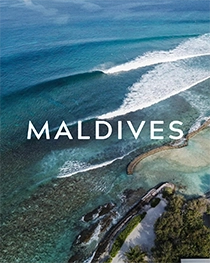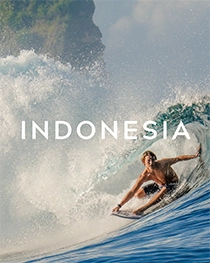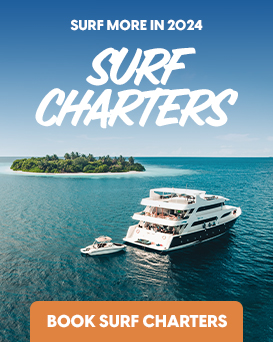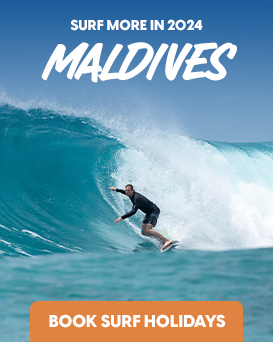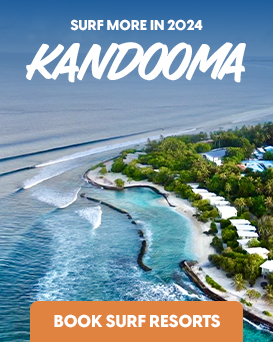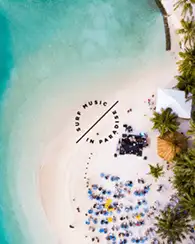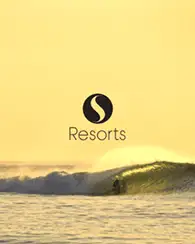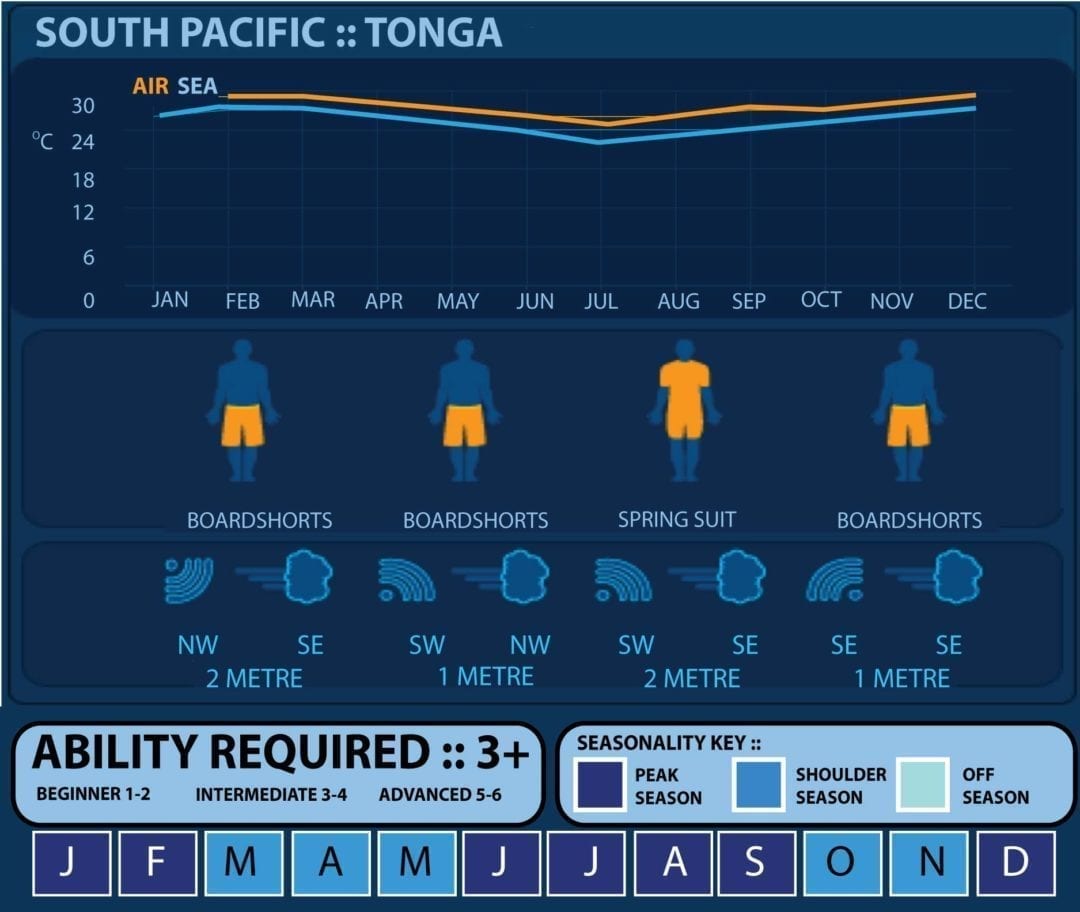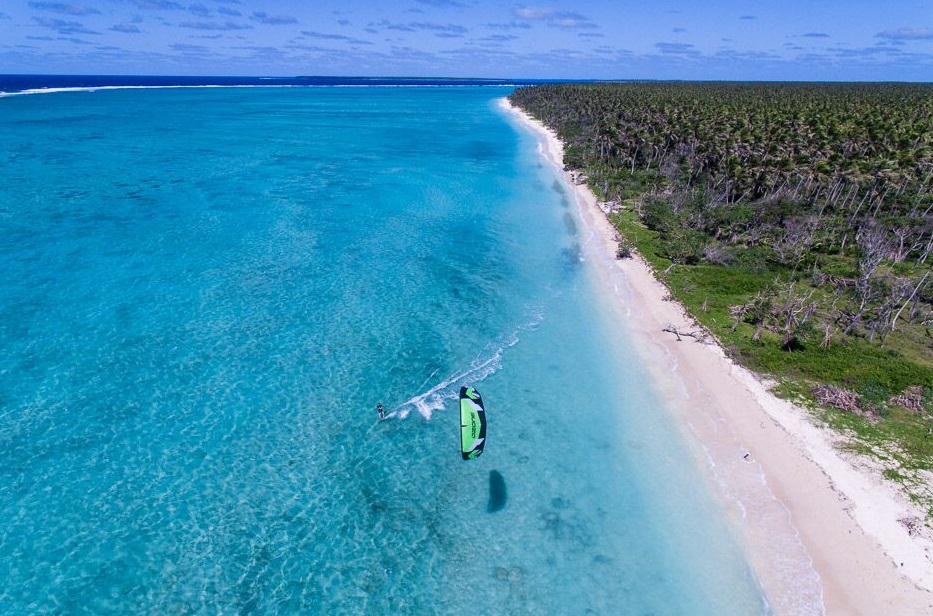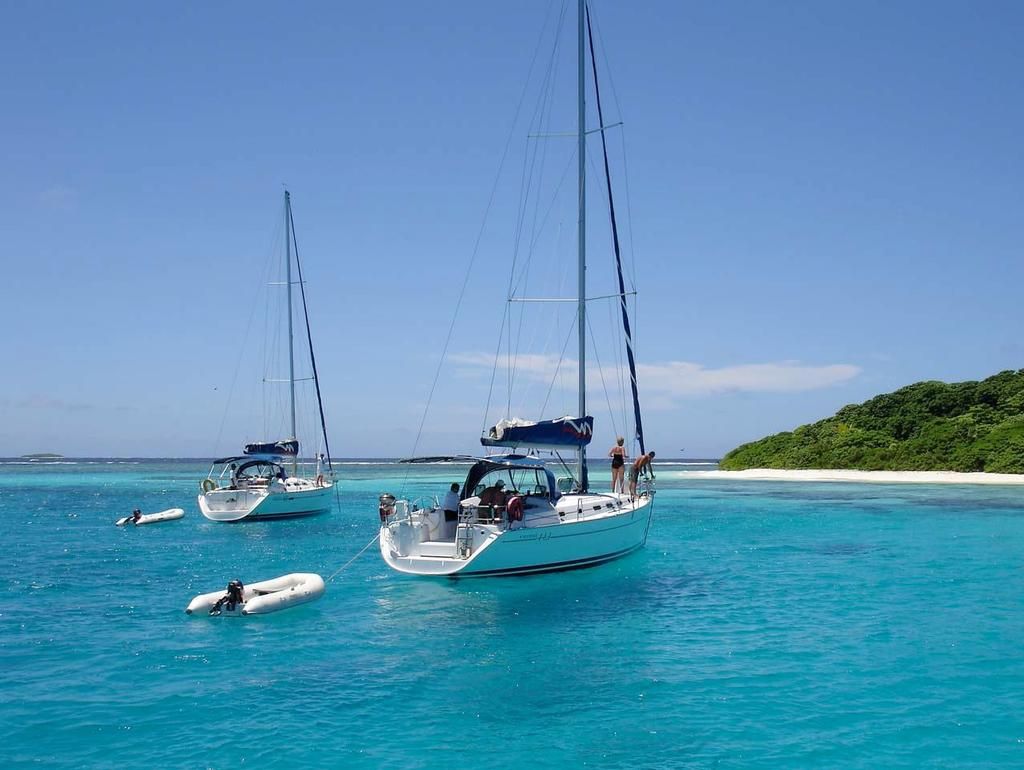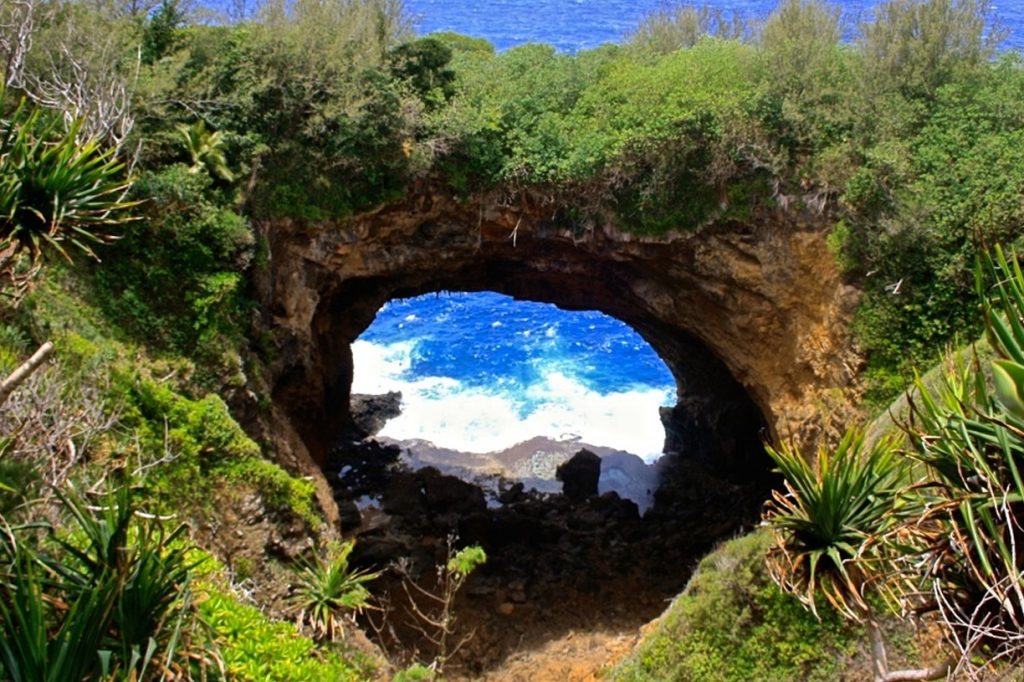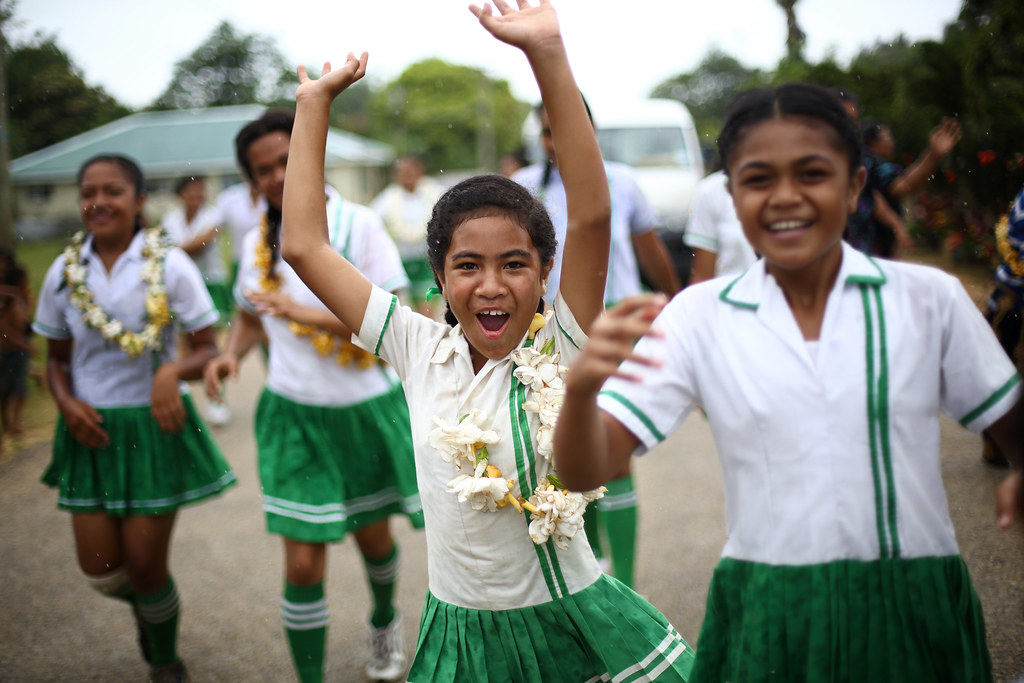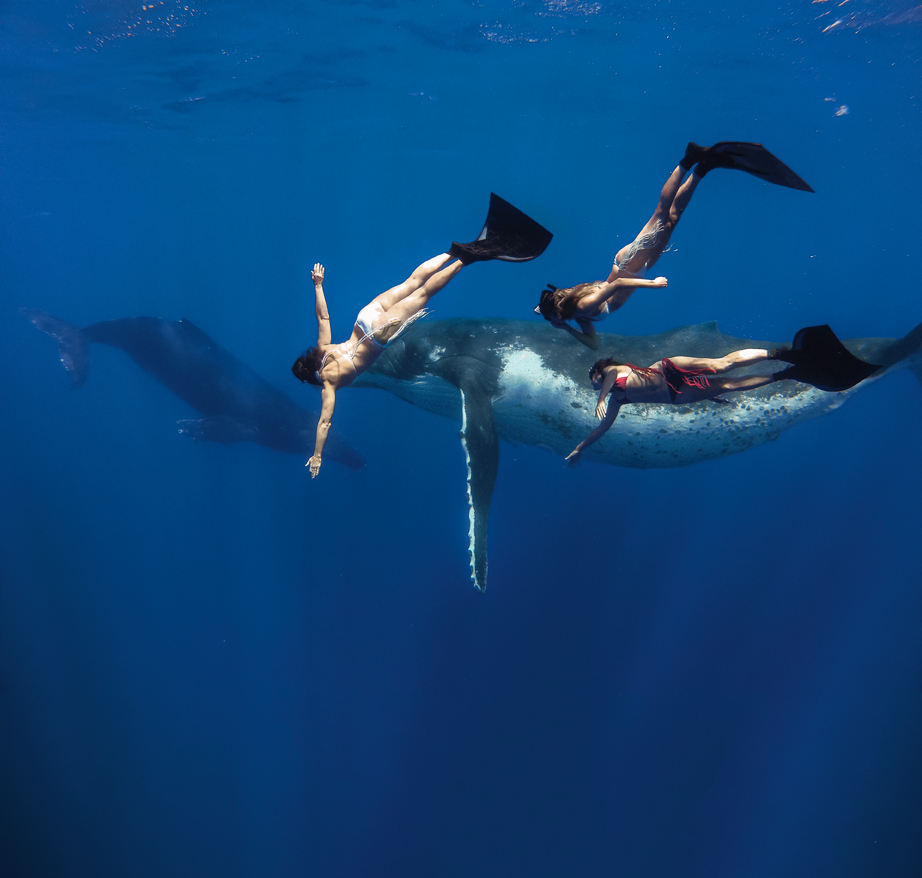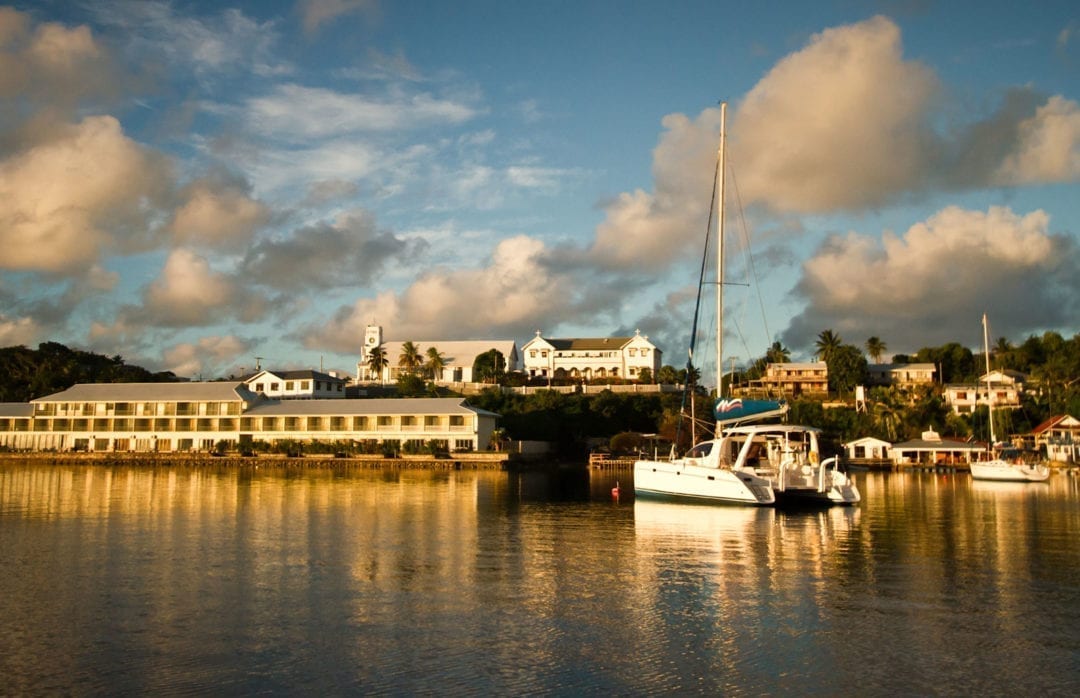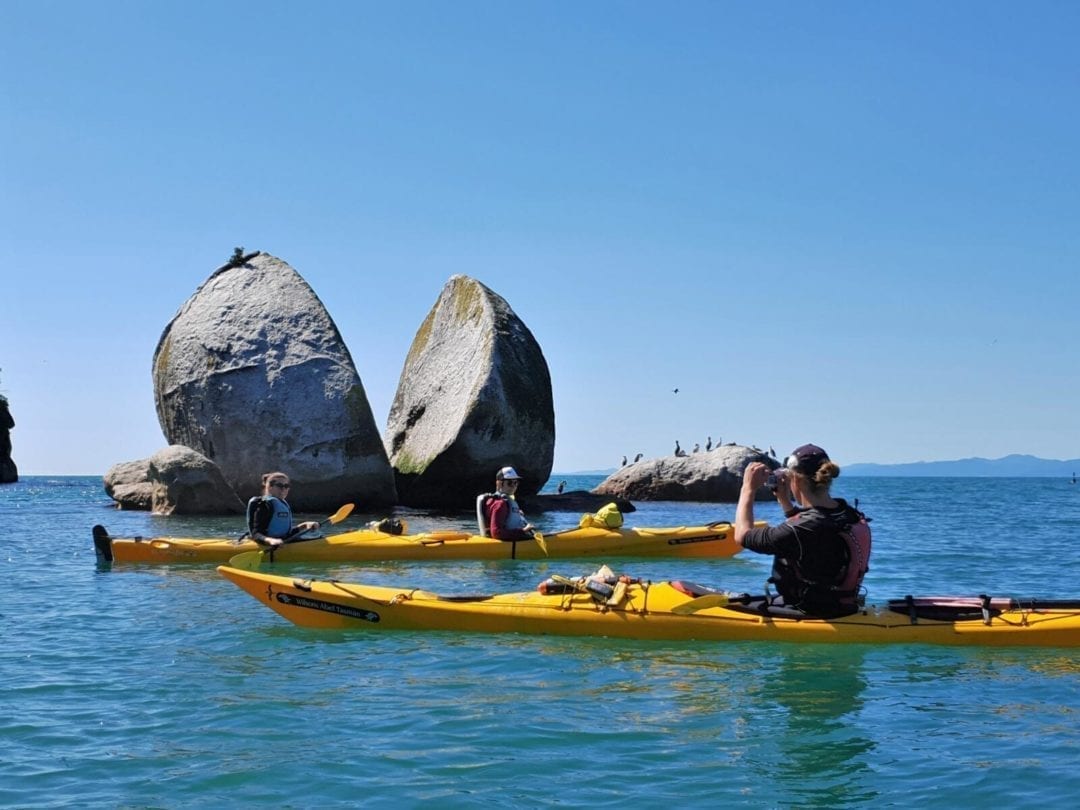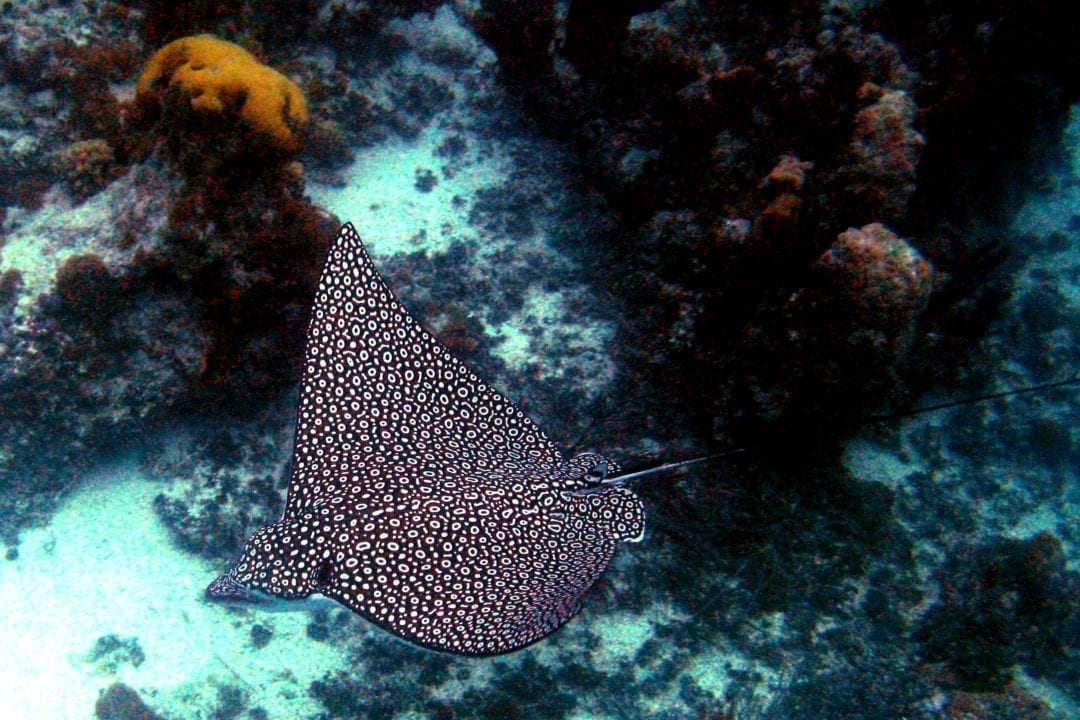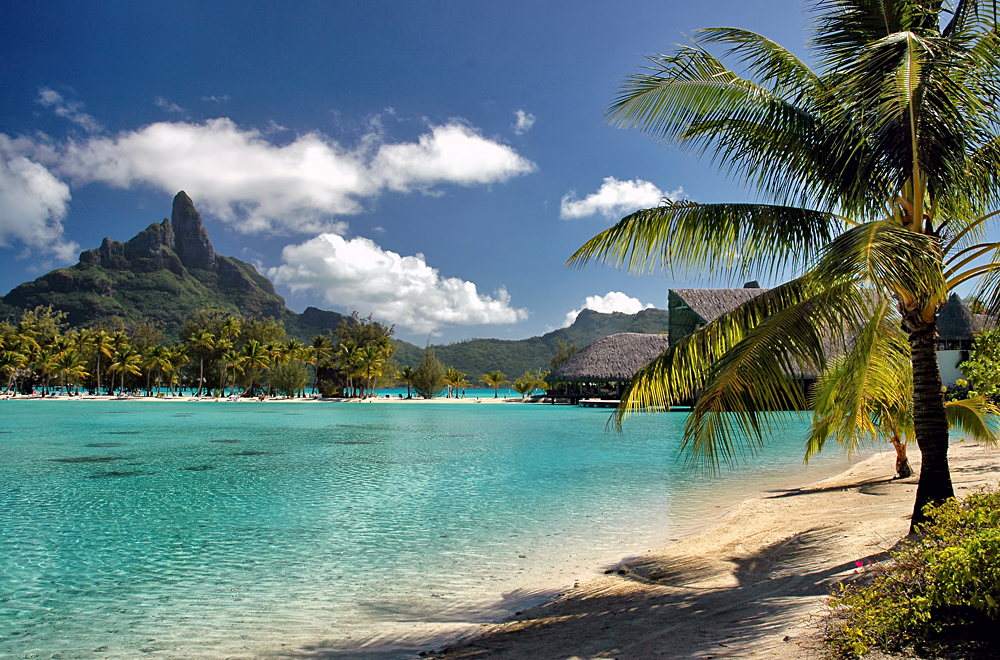Solomon Islands Surf Travel Guide
With uncrowded surf, crystal clear waters, colourful living reefs, excellent fishing, incredible scenery, tropical rainforest and tribal societies, the Solomon Islands is one of the last surfing frontiers, even for the 2023 and 2024 surf season. Here it’s possible here to leave the modern world behind and go walk on white sand beaches, stay in thatched huts fronting aqua-blue lagoons and sleep in a comfortable, exclusive surf camps in front of exposed reef breaks that catch the full range of North Pacific swells.
Quick Facts
Uncrowded, powerful reefbreaks
Natural beauty and a lost in time vibe
Consistent swells, though sometimes wind affected
Best season for waves on the North Shore is from October through to April
Best Waves
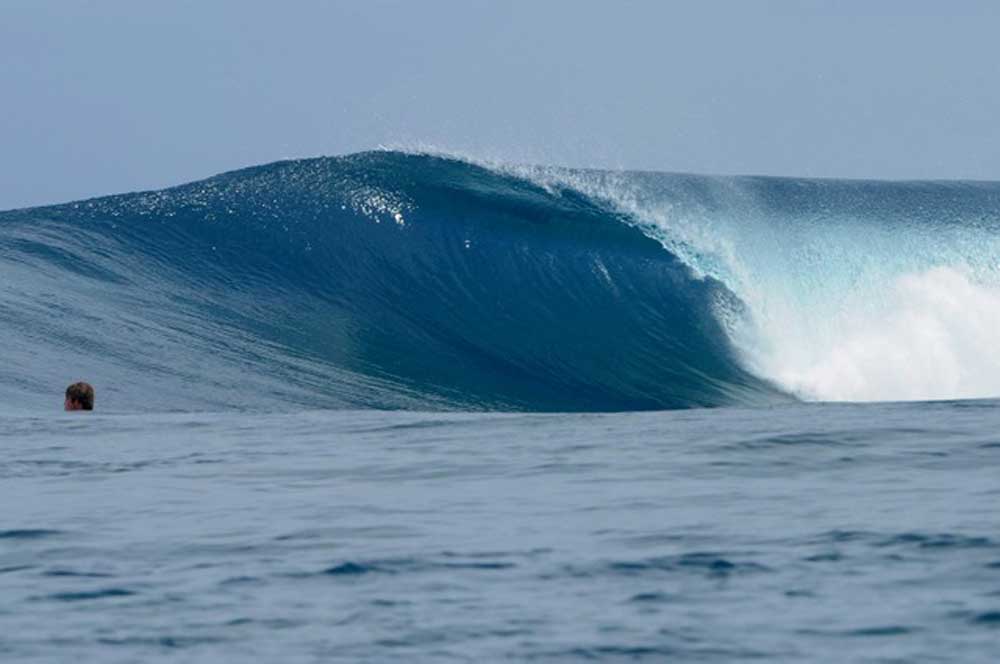

Toi
This is considered the premier wave by many who come to Solomons. It’s an outer right hand reef set up about 2km from the nearest land, so it’s very sensitive to wind. Catches all available swell and is often bigger than other breaks in the area. It has barrelling sections and works well on NW to NE swells. In the right conditions it’s a fast, powerful, right.
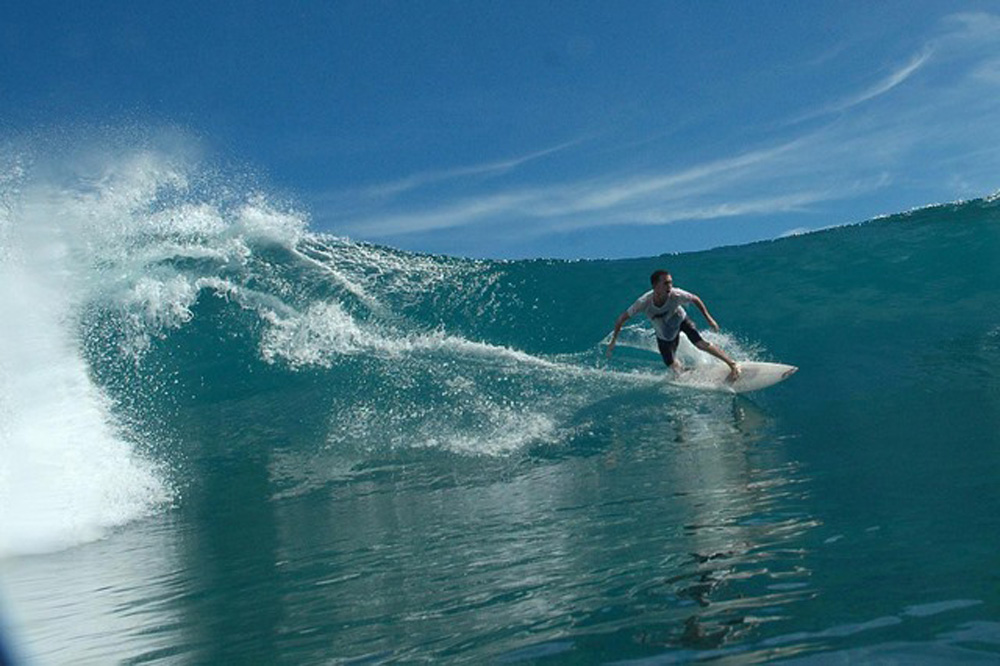

Eadu
Long peaking left which at its best goes through 4 distinct bowling and then reforming sections. At mid-high tide this is an easy walling wave that can handle large swells. On small swells it can get a bit fat and higher tides can stop it breaking all together. On low tide it’s a completely different wave with ledging take offs, fast, hollow walls and a very shallow reef. Needs glassy conditions to surf on low tide. When it’s big, this is a serious wave.
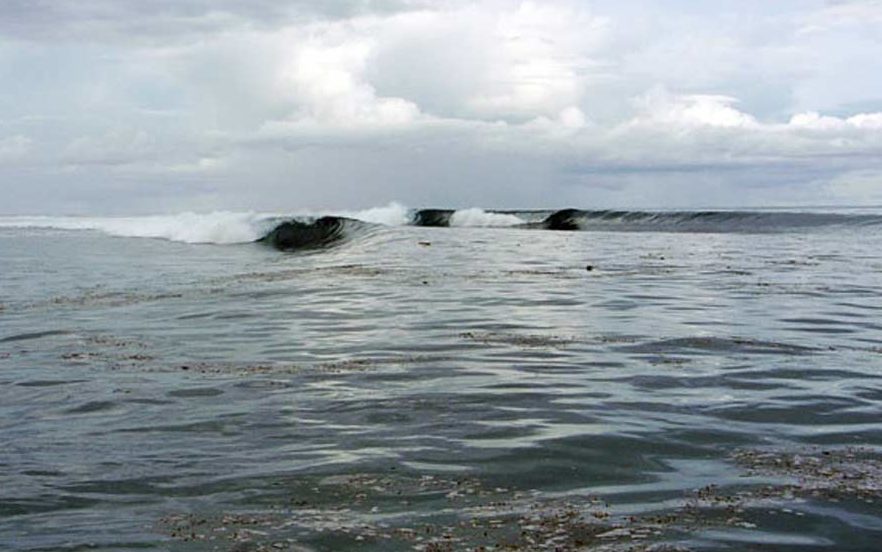

Tai
This reef passage is a real swell magnet and there is pretty much always a wave to be had on the incoming tide here even if it’s flat everywhere else. It breaks more like a beach break with shifting left and right peaks – but it is a reef and can be shallow on the inside. Best on small days at 2-4 foot when there are some fun, peaky and fast waves.
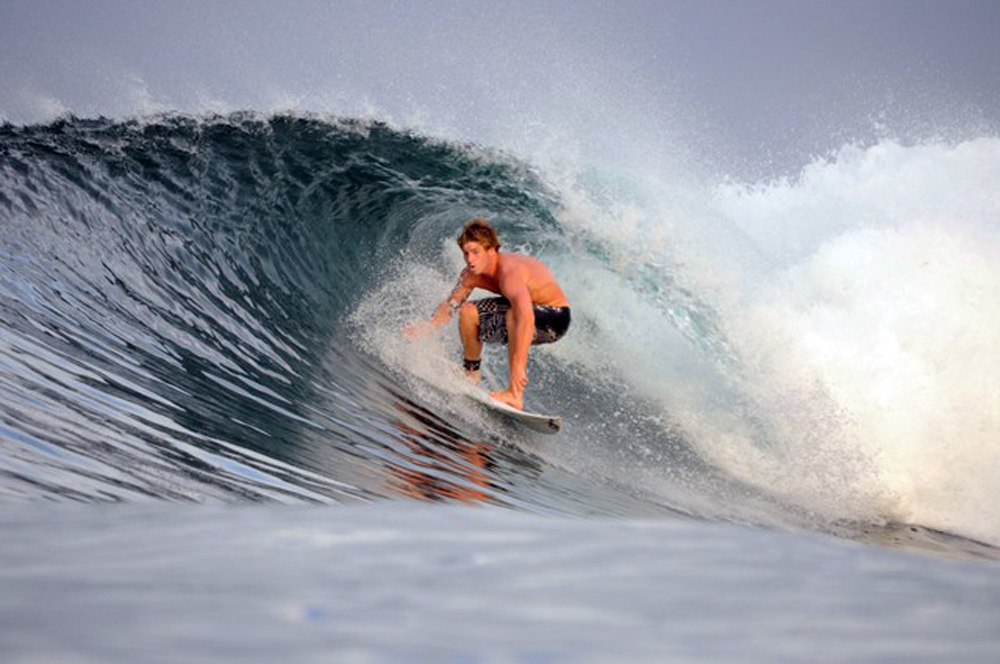

Charlies Right
A very consistent right hander that breaks on incoming tides almost every day. It’s a short, fast wave with a number of walling sections and an easy barrel. Very fun when it’s small and even when the swells up it does not get as heavy here as some other nearby breaks.
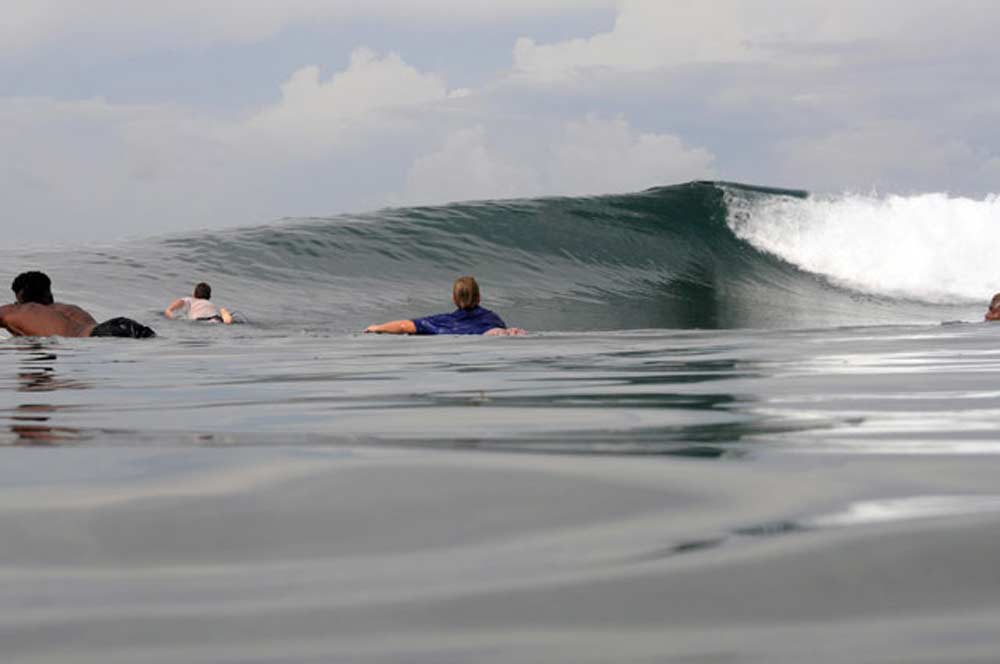

Piccininies
A consistent right breaking close to a very scenic village. Expect the whole village to come out and join in! Super fun wave.
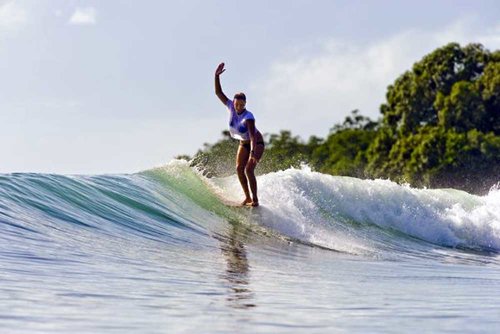

Kofiloco
A beautiful river mouth wave breaking on river stones ideal for long boards and fish type boards. Likened to Noosa point for its perfect long boarding shape. As featured in Pacific Longboard magazine some years ago. It’s a consistent spot that almost always has a small wave.
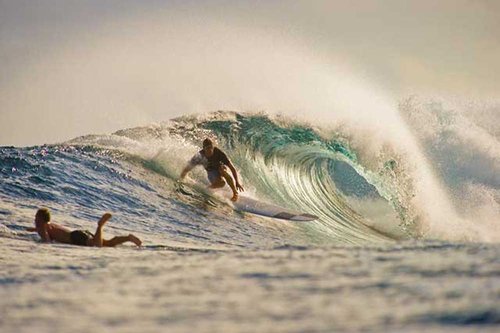

Nines
Likened to HT’s in the Mentawis. A fast barreling wave all the way down the line – barreling from 2 foot upwards. This is a serious wave for advanced surfers. Named for the nine second barrels observed here.
When to go
The best surf tends to be in the winter from May to October when with large, yet clean swells generated from winter storms in the Tasman Sea near New Zealand crash into the south shores and the island’s quality breaks. The beauty of its location however means that in the summer months from November to March it also catches north swells generated by South Pacific cyclones as well as from winter storms in the North Pacific. The two seasons, and different swells, make for consistent conditions for most of the year.
Attractions
The Solomon Islands offer a diverse range of attractions for travelers. Explore pristine beaches, world-class diving spots, and historical WWII sites. Immerse yourself in the vibrant local culture at traditional villages, and enjoy wildlife watching in the lush rainforests. Hike scenic trails, surf at renowned breaks, and visit bustling local markets. Experience the tranquility of remote islands and, depending on the season, witness captivating dolphin and whale sightings. The Solomon Islands promise an enriching and unforgettable travel experience with something for every type of adventurer.
The Country
The Solomon Islands, an enchanting destination for surf travelers, offer much more than just perfect waves. This archipelago of over 900 islands boasts pristine beaches, vibrant coral reefs, and an abundance of marine life. Beyond surfing, explore the rich history of WWII relics and immerse yourself in the local culture at traditional villages. Hike through lush rainforests, witness rare wildlife, and indulge in the tranquility of remote islands. With warm tropical waters and uncrowded breaks, surfers can revel in their passion for riding the waves. Whether seeking thrilling adventures or serene escapes, the Solomon Islands beckon with their natural beauty, warm hospitality, and a sense of untouched paradise.
Getting There
Traveling to the Solomon Islands from major Australian cities is relatively easy. Several airlines operate regular flights to Honiara, the capital city of the Solomon Islands, from major Australian cities.
From Sydney: Flights from Sydney to Honiara are available through various airlines. The flight duration is approximately 3 to 4 hours.
From Melbourne: Melbourne also offers direct flights to Honiara, with a similar flight duration of around 3 to 4 hours.
From Brisbane: Brisbane serves as another major gateway to the Solomon Islands. Direct flights to Honiara take approximately 3 to 4 hours.
From Perth: Travelers from Perth can reach the Solomon Islands with connecting flights, usually through Brisbane or Sydney. Total travel time varies but can be around 7 to 10 hours, including layovers.
Here’s an overview of how to get to the Solomon Islands from New Zealand:
From Auckland: Auckland is the main international gateway in New Zealand. There are regular direct flights to Honiara, the capital of the Solomon Islands, operated by various airlines. The flight duration is approximately 3 to 4 hours.
From Wellington and Christchurch: While there are no direct flights from Wellington or Christchurch to the Solomon Islands, travelers can reach Honiara with connecting flights via Auckland.
Travel Information
Time Zone
GMT +11
Currency
Solomon Islands Dollar (SBD or SI$)
Calling code
+677
Electric
the standard voltage used for electrical appliances is 230 volts, and the frequency is 50 hertz. The electric plugs used in the country are of type I.





